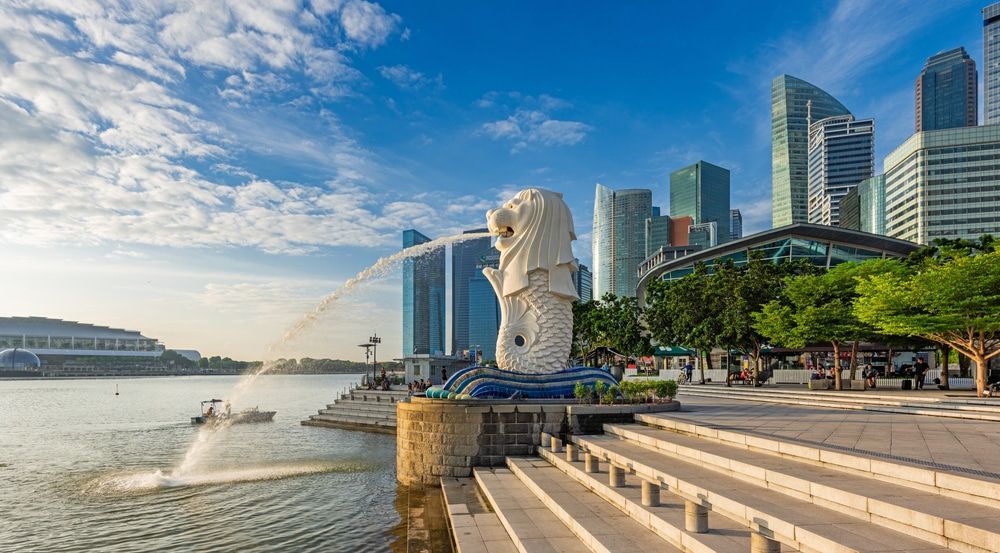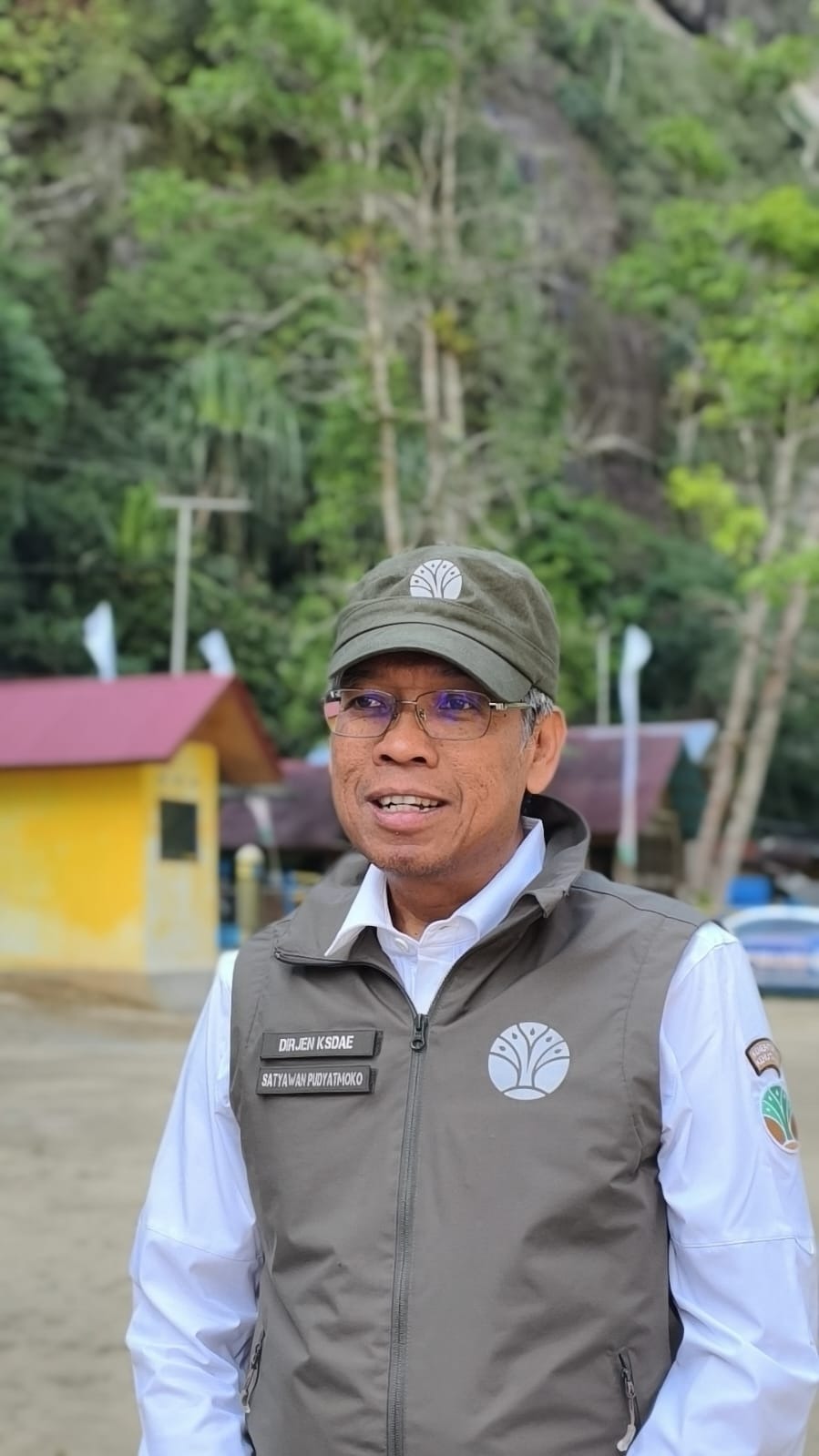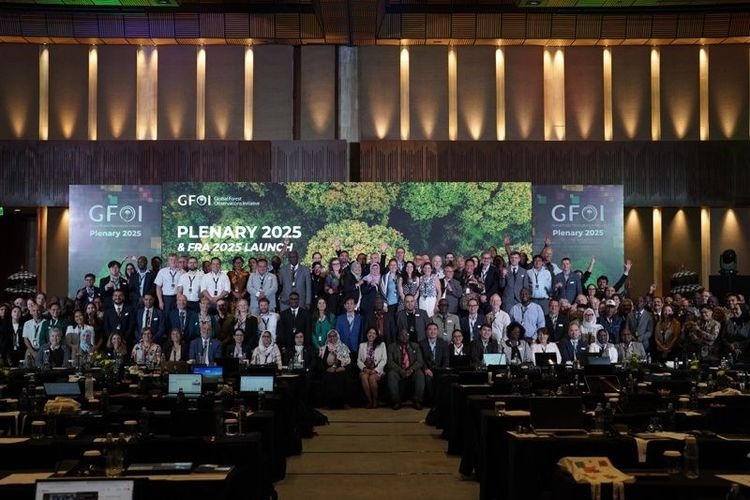Enviro News Asia, Jakarta – The Indonesian Ministry of Forestry has reaffirmed its commitment to supporting President Prabowo Subianto’s directive to protect and preserve the Sumatran Elephant (Elephas maximus sumatranus), currently listed as Critically Endangered by the IUCN.
One concrete step taken is strengthening the management of elephant corridors across 22 key landscapes on Sumatra Island, in collaboration with the Indonesian Elephant Conservation Forum (FKGI) and partner organizations such as WWF Indonesia.
In a press conference following the Coordination and Evaluation Meeting of the Peusangan Elephant Conservation Initiative (PECI) in Aceh, Minister of Forestry Raja Juli Antoni stated that the management of the remaining elephant corridors in Sumatra will be conducted scientifically and realistically on the ground.
The main objectives are habitat restoration, reducing human-elephant conflict, and increasing local community involvement.
“We will work with FKGI to pursue this thoroughly, with a science-based approach that is realistic and applicable in the field,” said Minister Raja Juli Antoni in his official statement on Thursday, August 7, 2025.
He added that currently there are 22 remaining elephant corridor landscapes in Sumatra, with an estimated population of around 1,100 individuals.
The PECI Aceh program is being developed as a pilot model in the PT THL concession area in Takengon, Central Aceh.
The site consists of two main blocks covering 21,000 hectares and 14,000 hectares, which are currently estimated to host approximately 67 wild elephants.
The conservation initiative is carried out through collaboration between the Ministry of Forestry, WWF Indonesia, local government, and the surrounding communities.
Activities already underway or in progress include: re-surveying elephant populations using technologies such as geospatial mapping and field monitoring; habitat restoration through planting of natural elephant food sources, construction of salt licks (mineral sources), and provision of watering holes.
Additionally, community empowerment efforts are being implemented in 12 buffer villages through sustainable, elephant-friendly agroforestry systems—ensuring crops are not damaged by elephants.
Key commodities include coffee, cocoa, areca nut, and durian. These efforts also serve as conflict mitigation strategies by involving local people and providing transitional feeding areas to prevent elephants from entering settlements.
Aditya Bayunanda, Executive Director/CEO of WWF Indonesia, noted that the primary challenge in the field is human-elephant conflict caused by land-use change and loss of natural habitats.
“Some of the areas that used to be their habitat have now become plantations or other uses. So we must redesign these areas to make elephants more comfortable staying within what the Minister referred to as the elephant core areas. That way, the number of conflicts will decrease. Of course, it’s not realistic to expect elephants to never leave those areas,” Aditya explained.
Furthermore, the Minister of Forestry emphasized that the PECI Aceh model will serve as a pilot project to be regularly evaluated and adapted for other elephant corridors across Sumatra.
This conservation strategy is not only about saving a rare species but also about upholding the dignity and wealth of the Indonesian nation.
He likened the Sumatran Elephant to a symbol of national pride and identity. Therefore, he called for collaboration from all parties to protect this national treasure, in accordance with Article 33 of the 1945 Constitution. (*)















